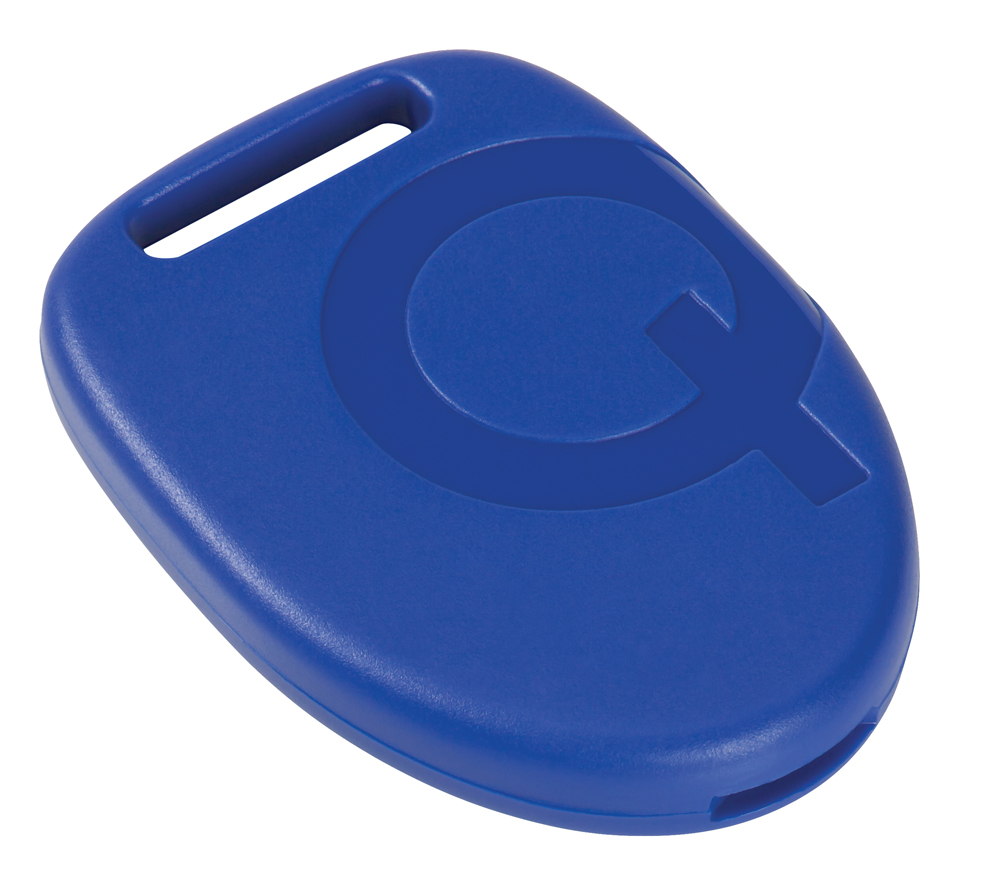Gimbal’s proximity beacons are small transmitters that use Bluetooth Low-Energy technology to send encrypted data to mobile devices. The beacons have become popular marketing and messaging tools for retailers (Apple Stores, Gamestop, American Apparel), sports teams and venues (the Cleveland Browns, the Miami Dolphins, Madison Square Garden, the Staples Center), and events and conferences (the U.S. Open, SXSW, Tribeca Film Festival).
When a shopper or event attendee comes in range, the beacon sends a message to a Gimbal-enabled mobile app on the person’s mobile phone. The app platform sends relevant information to the device, based on what the user has opted in for and the user’s exact location. The Miami Dolphins use Gimbal to message fans at Sun Life Stadium about where they can find shorter concession lines. The Chicago Transit Authority and advertising firm Titan have tested Gimbal beacon technology at several stations to determine whether advertising furthers engagement with transit riders.
In November, Retailigence, an online-to-online marketing platform, announced a strategic partnership with Gimbal to provide product and shopper data to retailers looking to fine-tune their marketing efforts. Presumably, retail designers could use such data to improve wayfinding in stores and even to create physical ways to influence shoppers’ traffic patterns within the store.
Not everyone’s ecstatic over the new technology. After Buzzfeed disclosed that Titan had planted 500 beacons in phone booths to push advertising, New York City officials had them removed.
Read about more innovations from BD+C's 2014 Great Solutions Report.
Related Stories
Museums | Aug 11, 2010
Design guidelines for museums, archives, and art storage facilities
This column diagnoses the three most common moisture challenges with museums, archives, and art storage facilities and provides design guidance on how to avoid them.
| Aug 11, 2010
Broadway-style theater headed to Kentucky
One of Kentucky's largest performing arts venues should open in 2011—that's when construction is expected to wrap up on Eastern Kentucky University's Business & Technology Center for Performing Arts. The 93,000-sf Broadway-caliber theater will seat 2,000 audience members and have a 60×24-foot stage proscenium and a fly loft.
| Aug 11, 2010
Citizenship building in Texas targets LEED Silver
The Department of Homeland Security's new U.S. Citizenship and Immigration Services facility in Irving, Texas, was designed by 4240 Architecture and developed by JDL Castle Corporation. The focal point of the two-story, 56,000-sf building is the double-height, glass-walled Ceremony Room where new citizens take the oath.
| Aug 11, 2010
Carpenters' union helping build its own headquarters
The New England Regional Council of Carpenters headquarters in Dorchester, Mass., is taking shape within a 1940s industrial building. The Building Team of ADD Inc., RDK Engineers, Suffolk Construction, and the carpenters' Joint Apprenticeship Training Committee, is giving the old facility a modern makeover by converting the existing two-story structure into a three-story, 75,000-sf, LEED-certif...
| Aug 11, 2010
Utah research facility reflects Native American architecture
A $130 million research facility is being built at University of Utah's Salt Lake City campus. The James L. Sorenson Molecular Biotechnology Building—a USTAR Innovation Center—is being designed by the Atlanta office of Lord Aeck & Sargent, in association with Salt-Lake City-based Architectural Nexus.
| Aug 11, 2010
San Bernardino health center doubles in size
Temecula, Calif.-based EDGE was awarded the contract for California State University San Bernardino's health center renovation and expansion. The two-phase, $4 million project was designed by RSK Associates, San Francisco, and includes an 11,000-sf, tilt-up concrete expansion—which doubles the size of the facility—and site and infrastructure work.
| Aug 11, 2010
Goettsch Partners wins design competition for Soochow Securities HQ in China
Chicago-based Goettsch Partners has been selected to design the Soochow Securities Headquarters, the new office and stock exchange building for Soochow Securities Co. Ltd. The 21-story, 441,300-sf project includes 344,400 sf of office space, an 86,100-sf stock exchange, classrooms, and underground parking.
| Aug 11, 2010
New hospital expands Idaho healthcare options
Ascension Group Architects, Arlington, Texas, is designing a $150 million replacement hospital for Portneuf Medical Center in Pocatello, Idaho. An existing facility will be renovated as part of the project. The new six-story, 320-000-sf complex will house 187 beds, along with an intensive care unit, a cardiovascular care unit, pediatrics, psychiatry, surgical suites, rehabilitation clinic, and ...
| Aug 11, 2010
Colonnade fixes setback problem in Brooklyn condo project
The New York firm Scarano Architects was brought in by the developers of Olive Park condominiums in the Williamsburg section of Brooklyn to bring the facility up to code after frame out was completed. The architects designed colonnades along the building's perimeter to create the 15-foot setback required by the New York City Planning Commission.








